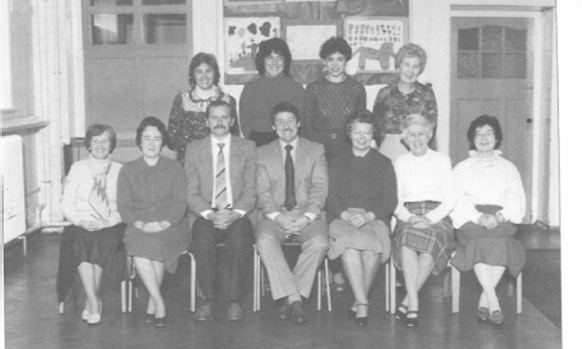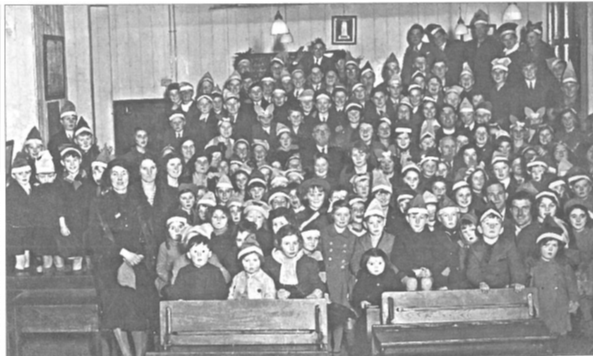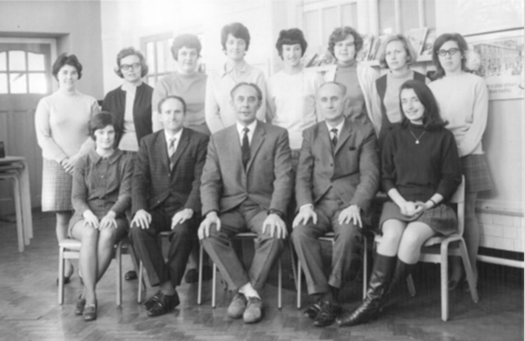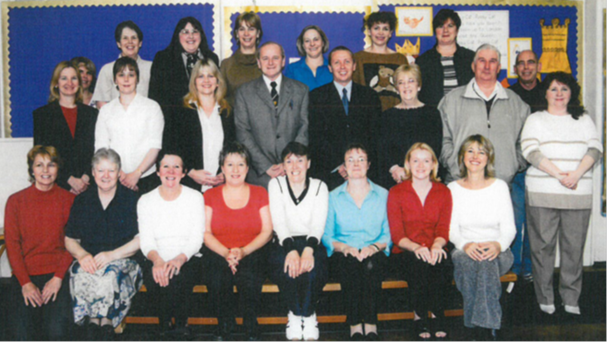Crwys History
A brief History of Crwys Primary School
The first full time school opened in Three Crosses in 1875 on the land the Penclawdd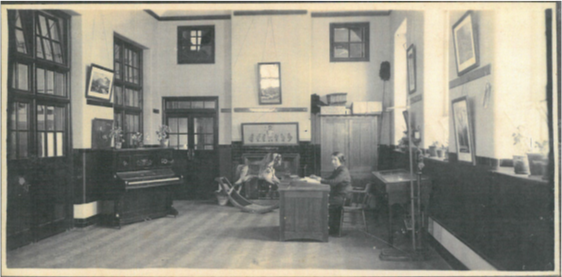 School Board bought from the Duke of Beaufort for £50. They appointed Thomas “Wedros” Evans as the first headmaster at the age of 21 but tragically he was dead a year later. Many of his successors though served for considerable periods of time. John Bevan lived until he was 102. Richard Rees was only 5 foot tall hence his nickname Bantam (see 1915 photographs). Daniel Davies was headmaster for 22½ years from 1926-1958. He was succeeded by T L Edwards 1948-62, Winifred Sainsbury 1962-72 and Glyndwr Davies 1965-72 both of whom moved to new schools in Dunvant. Up until that time Dunvant children had attended the Crwys School. Then Miall Davies took over for 7 years until 1979 when Howard Rees took charge until 1997 handing over to his deputy Phil Withey who remained at the helm until the Summer of 2015.
School Board bought from the Duke of Beaufort for £50. They appointed Thomas “Wedros” Evans as the first headmaster at the age of 21 but tragically he was dead a year later. Many of his successors though served for considerable periods of time. John Bevan lived until he was 102. Richard Rees was only 5 foot tall hence his nickname Bantam (see 1915 photographs). Daniel Davies was headmaster for 22½ years from 1926-1958. He was succeeded by T L Edwards 1948-62, Winifred Sainsbury 1962-72 and Glyndwr Davies 1965-72 both of whom moved to new schools in Dunvant. Up until that time Dunvant children had attended the Crwys School. Then Miall Davies took over for 7 years until 1979 when Howard Rees took charge until 1997 handing over to his deputy Phil Withey who remained at the helm until the Summer of 2015.
None of the headmasters though were associated with the school for as long as Miss Evelyn Davies, Pant y Dwr, who taught at the school for 40 years retiring in 1963.
Over the last 135 years, the school and education in general has changed beyond all recognition and the school log books catalogue these changes. Some of the changes are listed: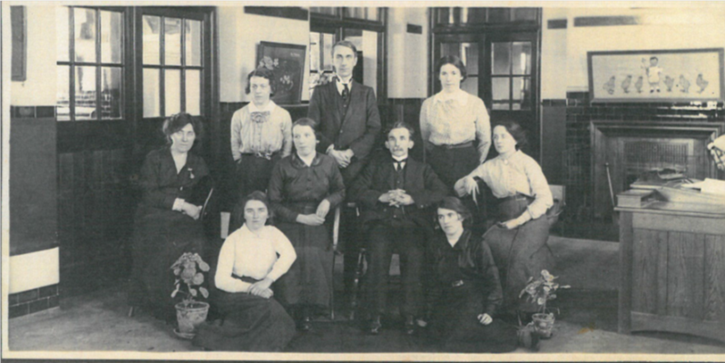
1911 – Second building constructed
1913 – Separate infants established
1920s and 30s – School would close for Gowerton Fair, Sunday School trips and Scholarship 11+ exams
1963 – Amalgamation of Junior and Infants to form Crwys Primary School
1968 – Parents Association formed
1972 – Dunvant children no longer attend
1977 – Bishopston Comprehensive School opens and Crwys is one of its feeders breaking the long association with Gowerton.
2000-2001 – New Infants building built and demountables demolished
2008/2009 – Link corridor built connecting the Juniors to the Infants and enclosing the toilets. Specialist teaching facility refurbished and new toilet extension built.
Numbers at the school have fluctuated over the years peaking at 317 in 1971 (today there are 160) when the chapel vestry had to be used. Indeed, the chapel’s facilities were pressed into service on many occasions over the years, none more so than when 130 evacuees and their teachers from Sandwich, Kent had to be accommodated during the Second World War.
